O’k so its not really much of a war, but there is a lot of pretty heated discussion going on amongst renewable energy engineers over which design of electrical vehicle (EV) has the best chance of replacing the fossil fuel burning, internal combustion engine vehicles now dominating our highways. The two contestants are battery powered electric vehicles (BEVs) and hydrogen fuel cell electrical vehicles (FCEVs). Each type of electrical vehicle has its advantages; each has its problems. So let’s take at look at them.
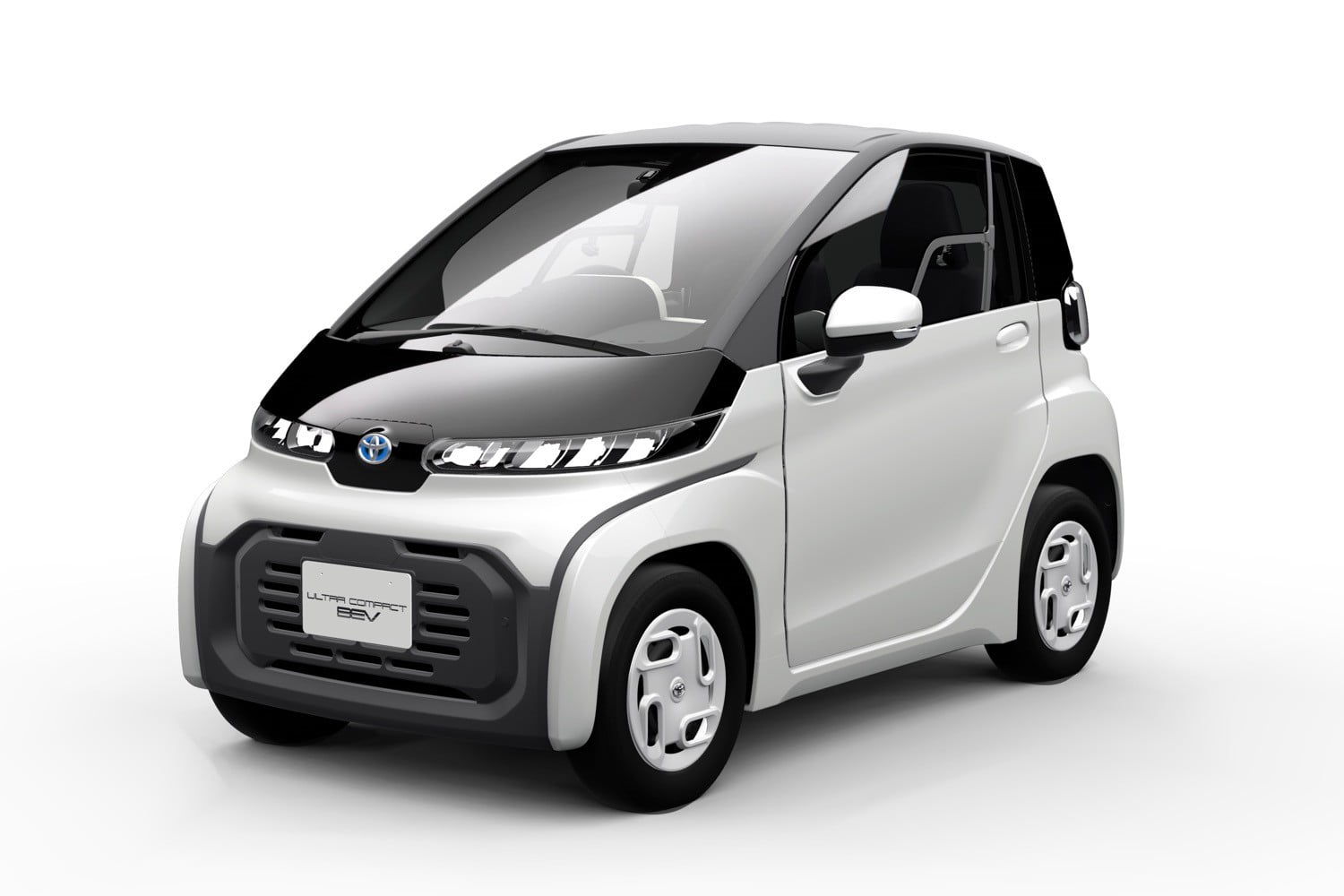
BEVs are really just scaled up versions of the little battery powered toy cars we all played with as kids. A bank of chemical batteries supplies the electric current that drives one or more electric motors; in most modern designs each wheel has its own motor. That toy I played with years ago worked until the battery ran out, always too soon as I recall.

And that’s the biggest problem with BEVs since modern battery technology has barely improved since I was young. The current state of the art today are the Lithium-ion batteries that hold perhaps twice as much energy as the antiquated lead-acid batteries still being used in gasoline powered cars. It’s true, whereas over the last 50 years computer technology has improved by orders of magnitude chemical battery technology has scarcely improved at all.
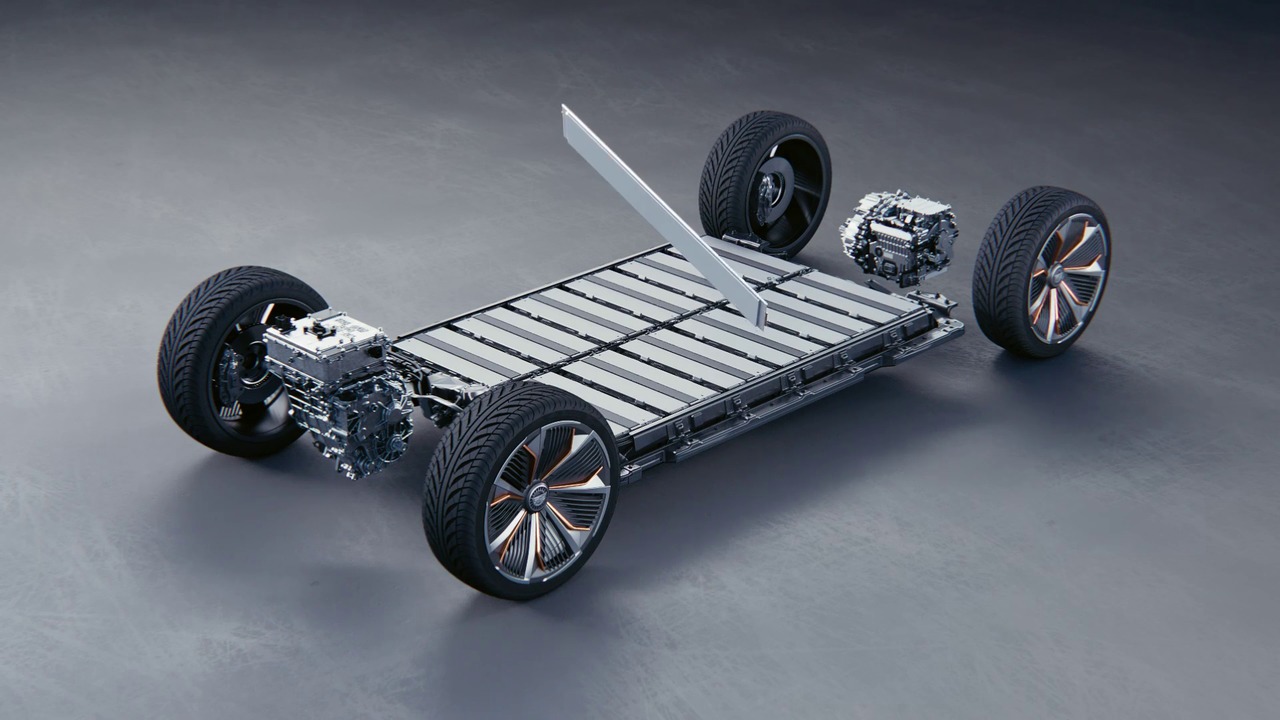
Even though half of the mass of a BEV can consist of its battery pack their low energy density places a severe constraint on the vehicle’s range, which is far less than that of a gasoline powered car. And recharging those batteries is another big problem for BEVs. Whereas it generally takes a minute or two to pump a car’s gas tank full charging the battery pack in a BEV can take hours. These limitations basically restrict BEVs to shorter trips, say back and forth to work during the day while they recharge at night, not long family vacations. In fact many families that have purchased a BEV also own a gasoline powered second car for just such longer trips.
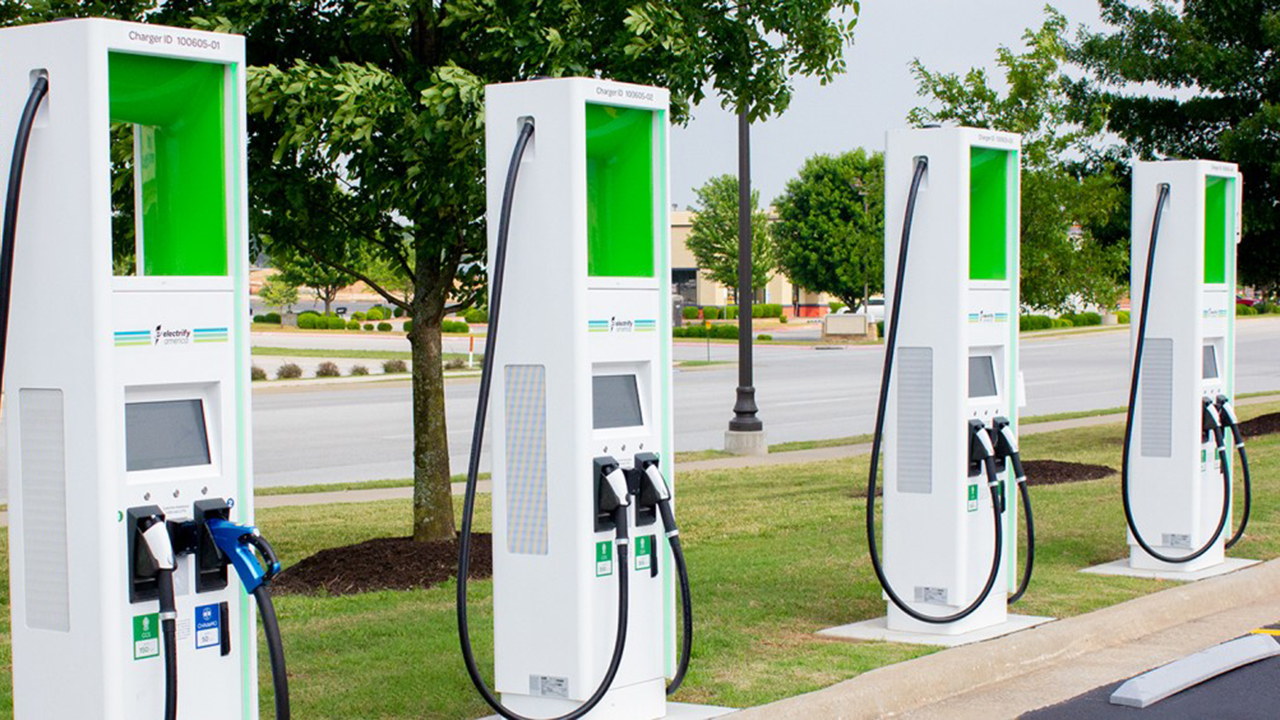
FCEVs on the other hand, generate their electric power by combining a gaseous fuel, usually hydrogen, with oxygen in the fuel cell. During the space race hydrogen fuel cells gained a lot of attention as the way the Apollo Command and Lunar Modules produced their electricity.
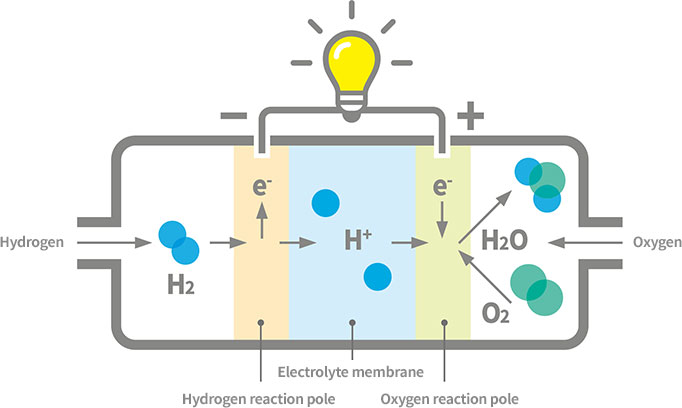
In terms of energy density, kilowatt hours per kilogram of mass, a hydrogen fuel cell easily beats even the best lithium-ion batteries. This means that FCEVs do not have range restriction that plagues BEVs, current FCEVs can travel as far as a gasoline powered vehicle before needing to be refueled. And with current compressed gas technologies it is possible to refuel a FCEV in about five minutes, a little longer than it takes to pump a tank of gasoline but much less than the hours it takes to charge a lithium-ion battery.

The problem for FCEVs is that unlike gasoline there’s no easy source of hydrogen for fuel. Hydrogen is so reactive, that’s what makes it a good fuel, that there is no source free hydrogen on the planet so it has to be manufactured. Usually this is accomplished by using electricity to separate water molecules into hydrogen and oxygen. And once that is accomplished the hydrogen then has to be either compressed or liquefied in order to be stored in a bottle that will fit into a FCEV. Those operations require energy, quite a lot of energy, which greatly lowers the overall efficiency of FCEVs.
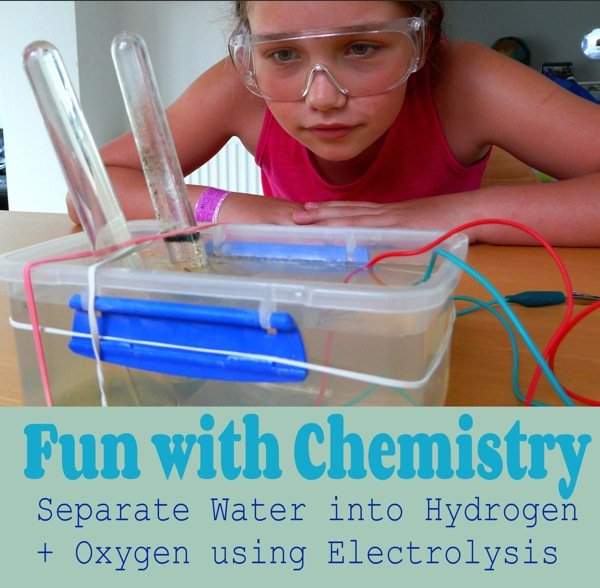
There is also the fact that while both systems, BEVs and FCEVs claim to be carbon emissions free that’s only true once the vehicle is completely charged / fueled. The electricity used to either charge the batteries of a BEV or to separate and compress hydrogen for a FCEV comes from the present electrical power grid and currently that is mainly produced by burning fossil fuels! Nevertheless, as we install more wind turbines and build more solar arrays the percentage of power generated by fossil fuels will decline and both BEVs and FCEVs will become greener, cleaner technologies.

Currently it is BEV technology that seems to be leading the race for market share with Elon Musk’s Tesla Corporation producing nearly half a million vehicles in 2020. At the same time other, more traditional auto manufacturers like Ford, GM and Toyota are all making a big push for BEVs. GM has gone so far as to assert that they will no longer produce gasoline powered cars after 2030.

On the other hand the European countries seem to be betting on hydrogen. Last July for example the German government allocated $8.2 billion for the development of hydrogen technology along with an additional $2.3 billion to promote international partnerships involving hydrogen.
One reason for the interest for hydrogen in Europe is that there are many industrial processes that require very high temperatures, steel and concrete production to name two. Currently such processes burn fossil fuels to provide the heat and converting to electricity would be both difficult and inefficient. Burning hydrogen with oxygen however would provide more than enough heat and the only emissions generated would be water vapour.

So as you can see the war between battery or fuel cell technology is far from over. Much more research needs carried out if we are going to get the maximum benefit from both techniques and only time will tell which technology comes to dominate. Nevertheless the age of the internal combustion engine is rapidly drawing to a close, the age of the electrical vehicle will soon be upon us.
